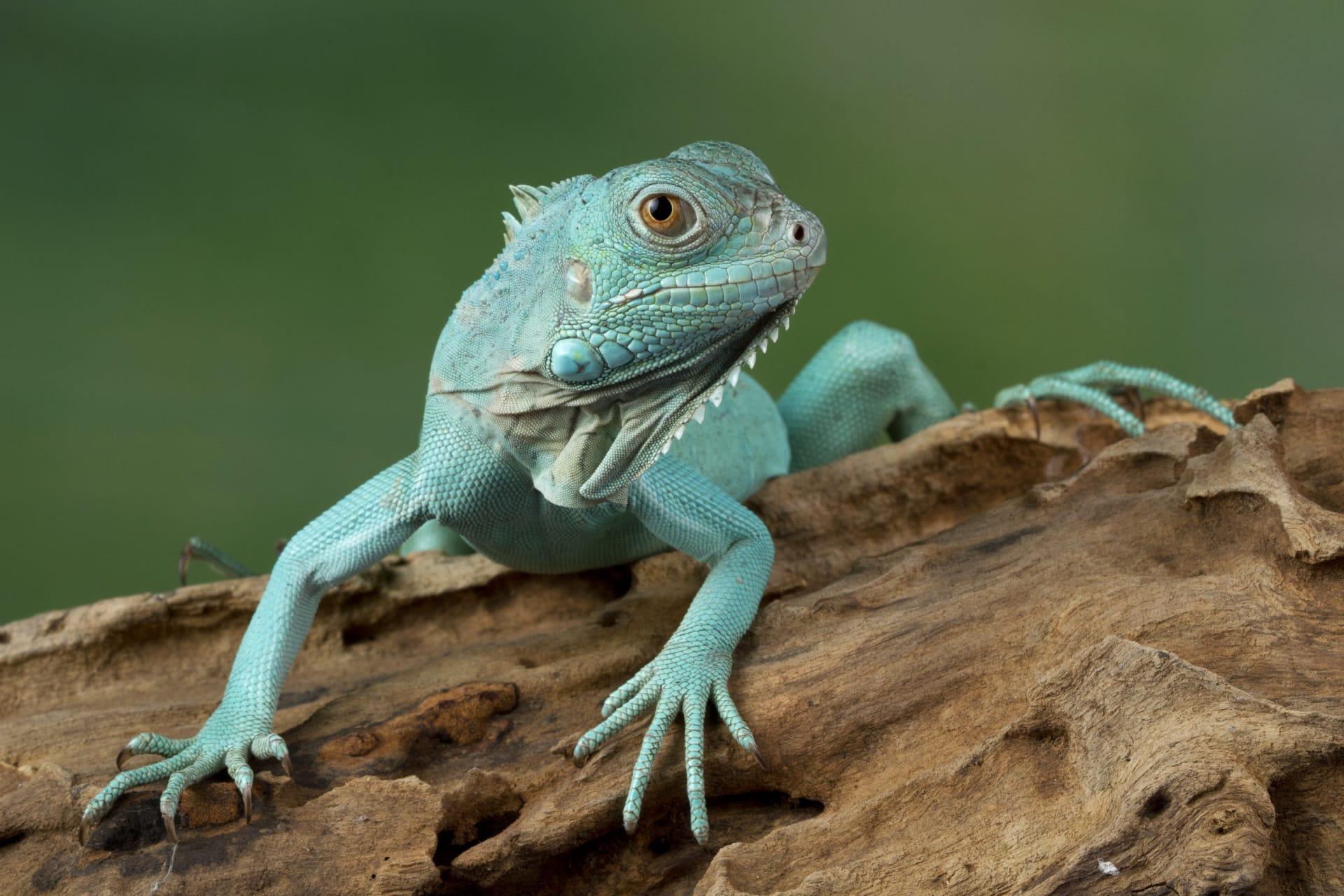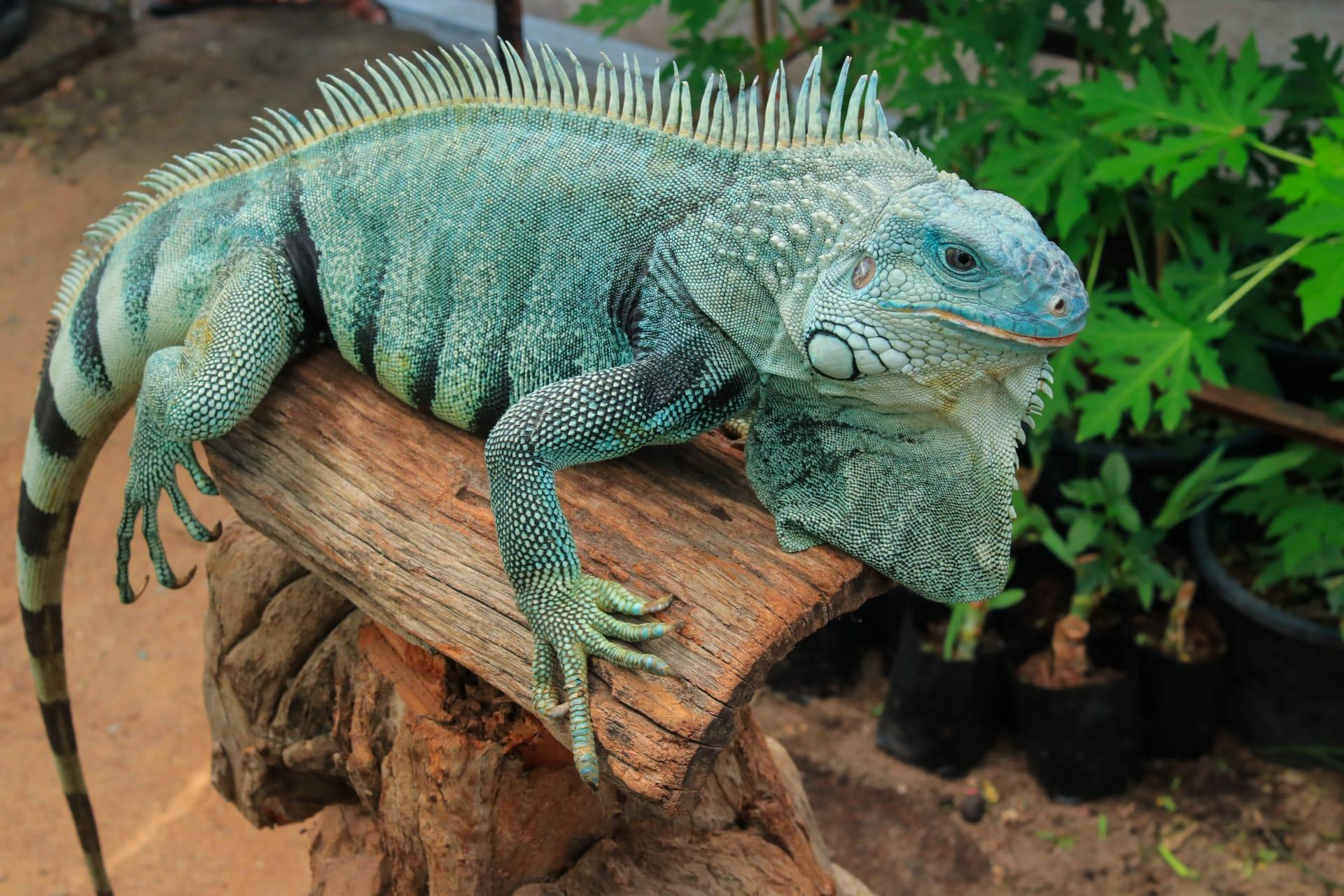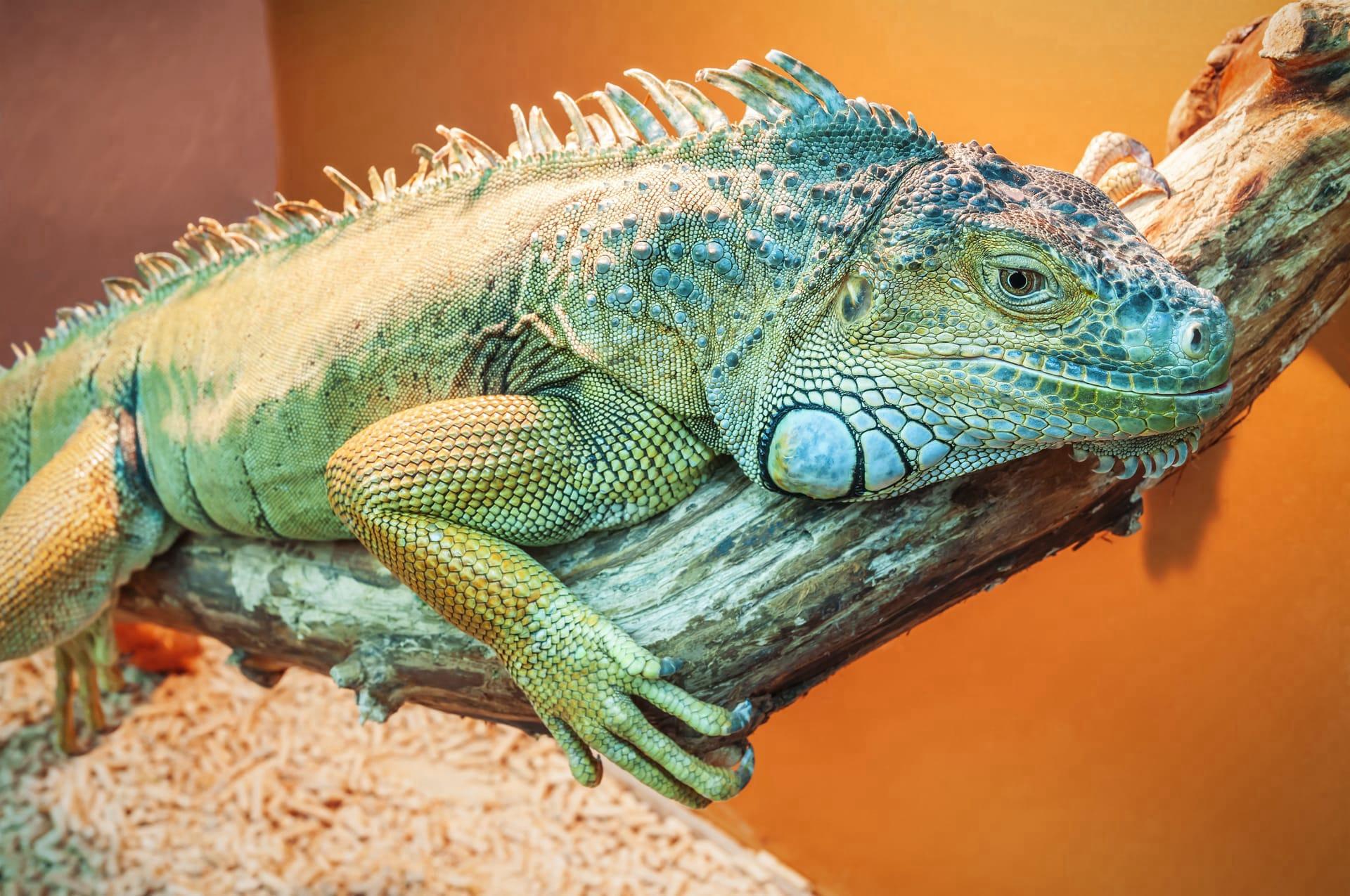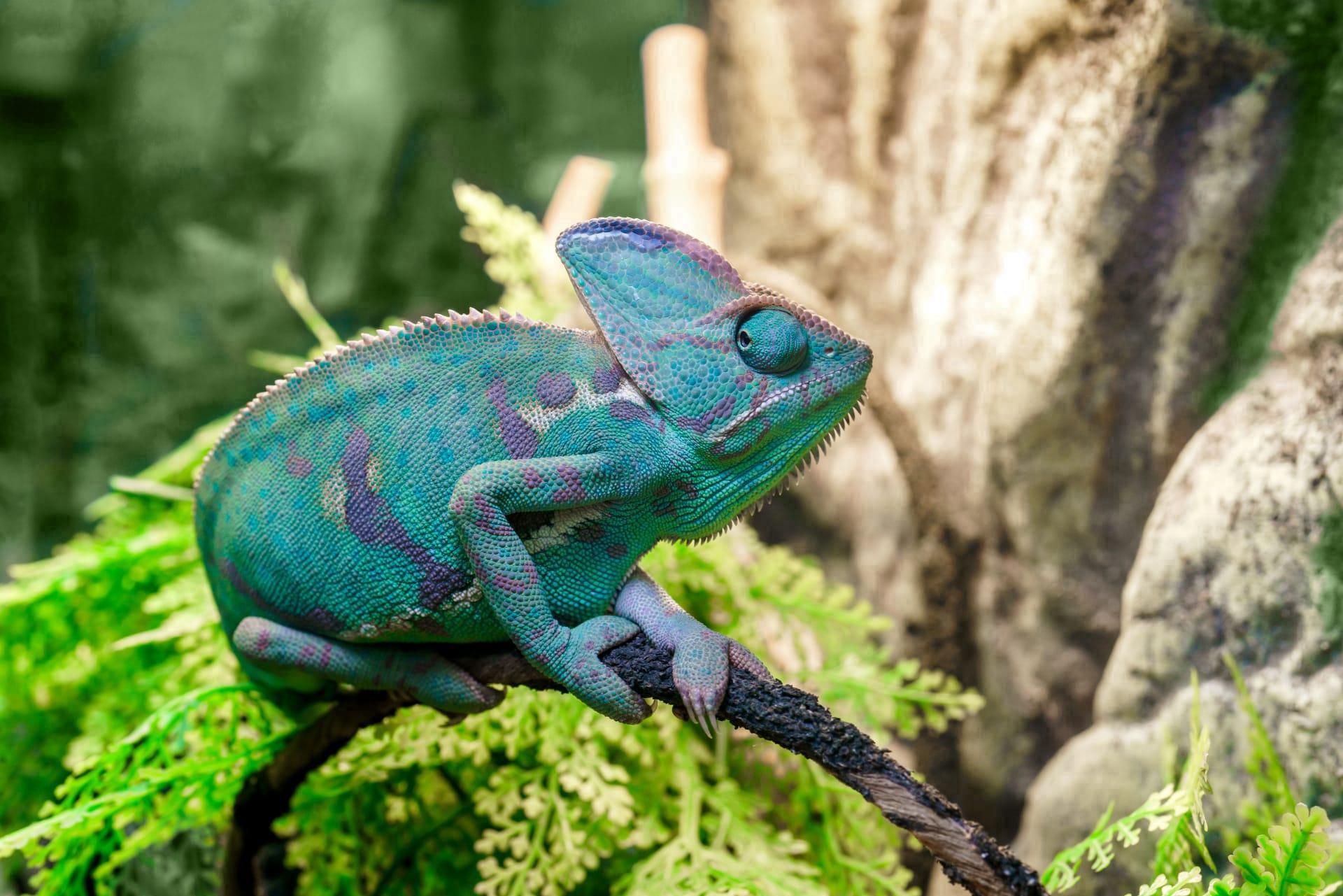1
The Blue Iguana, known scientifically as Cyclura lewisi, is not just another lizard – it's a walking jewel of the Caribbean. With its vibrant blue skin, which becomes even brighter during the mating season, this reptile stands out in the wild. The color intensity isn't just for show; it plays a crucial role in communication and mating rituals. These iguanas can grow impressively large, with some reaching lengths of up to 5 feet (1.5 meters), making them one of the longest lizards in the Western Hemisphere.
Remarkably, the Blue Iguana has a heartwarming comeback story. In the early 2000s, they were alarmingly close to extinction, with fewer than 15 individuals left in the wild. Thanks to intense conservation efforts, their population has rebounded to over 1,000, a testament to human commitment to wildlife preservation. These iguanas now enjoy a safer habitat in Grand Cayman's protected areas, where they continue to fascinate scientists and tourists alike with their majestic presence and resilience.

2
Blue Iguanas have a surprisingly long lifespan, often living up to 40 years in the wild, and sometimes even longer in captivity. This longevity is notable among lizards, signifying the Blue Iguana's robustness and adaptability in its natural habitat. Their diet plays a crucial role in their long lives; these herbivores primarily feast on leaves, fruits, and flowers, meticulously choosing food rich in nutrients necessary for their health and longevity.
Another intriguing aspect of the Blue Iguana is its highly territorial nature. Males establish and defend territories of up to 0.6 hectares, showcasing their dominance and strength. During the mating season, these territories become the stage for dramatic displays of power and color, as males fiercely compete for the attention of females. The dominant male not only gets the prime spot for sunbathing, which is crucial for their thermoregulation but also gains the opportunity to mate with multiple females within his territory.

3
The Blue Iguana's skin color isn't just for aesthetics; it serves a vital thermoregulatory function. The blue pigment helps in absorbing solar radiation, essential for these cold-blooded creatures to maintain their body temperature. This is particularly crucial as they are ectothermic, relying on external heat sources to stay active. During colder periods, they may turn a darker color to absorb more heat, a nifty trick for survival.
These iguanas are not just solitary giants; they play a pivotal role in their ecosystem. As seed dispersers, they contribute significantly to the maintenance of their native plant life. When feeding on fruits, they pass the seeds through their digestive system, spreading them across their habitat. This process helps in the growth of new plants, maintaining the biodiversity and health of their ecosystem, which is crucial for the survival of various species, including themselves.

4
Blue Iguanas have a unique way of communicating – through body language. They bob their heads to demonstrate dominance or to attract a mate, a dance that becomes more intense and frequent during the mating season. Their body postures, gular fluttering (rapid movement of the skin under the chin), and even the intensity of their color change are all part of their communication repertoire, used to convey different messages to other iguanas or potential threats.
Interestingly, the Blue Iguana's habitat is quite specific, primarily found in rocky, sunlit, open areas with plenty of vegetation for food and shade. They prefer areas with limestone forests and avoid the coastal mangrove swamps. This habitat preference makes them vulnerable to environmental changes and habitat destruction. Their dependence on specific ecological conditions underscores the importance of habitat preservation for the survival of this unique species.

5
Despite their fierce appearance, Blue Iguanas are fundamentally non-aggressive towards humans. They have become a symbol of wildlife conservation in the Cayman Islands, attracting tourists and nature enthusiasts. Their calm demeanor allows people to observe them closely in their natural habitat, providing a unique opportunity to learn about and appreciate these magnificent creatures.
Lastly, the reproductive process of the Blue Iguana is quite fascinating. Females lay between 1 to 20 eggs, and interestingly, the temperature at which these eggs are incubated determines the sex of the hatchlings. Higher temperatures tend to produce males, while lower temperatures result in females. This temperature-dependent sex determination is a remarkable aspect of their biology, reflecting the intricate balance of nature and the importance of environmental conditions in the lifecycle of these remarkable reptiles.